wikiHow is a “wiki,” similar to Wikipedia, which means that many of our articles are co-written by multiple authors. To create this article, 16 people, some anonymous, worked to edit and improve it over time.
wikiHow marks an article as reader-approved once it receives enough positive feedback. In this case, several readers have written to tell us that this article was helpful to them, earning it our reader-approved status.
This article has been viewed 59,860 times.
Learn more...
Gyotaku (meaning "fish rubbing" or "fish impression") is a method of Japanese printmaking that originated in the 1800s, and was traditionally used by fishers to accurately record the size and species of fish that they caught in a time when modern recording technologies, such as photography, weren't available. Today, many people also practice gyotaku to create beautiful artworks.
Steps
Preparation
-
1Plan out your print's design. Before you begin, think about how you want the print to turn out. This is especially important if you're making an artistic print, rather than simply recording a catch.
- Ask yourself questions such as:
- " What angle will my subject to be viewed from?" (eg., side, top, bottom)
- "Do I want my subject in a specific pose?"
- Ask yourself questions such as:
-
2Procure a subject. Gyotaku traditionally uses fish and other forms of sea life as subjects, so you'll need to buy or catch one in order to print it.
- Note that plants, objects and other animals can also be used. Don't be afraid to experiment!
- If you plan on printing a fresh fish, choose one that you'll enjoy eating once you're done; that way nothing gets wasted.
- Beginners should practice on smaller subjects as the larger you go, the harder it'll be to print.
Advertisement -
3Clean your subject. Dirt and grime can transfer to the print and ruin it, so be sure to thoroughly wash and dry your subject before you begin.
- Most fish coat themselves in a thin layer of mucus that helps to remove drag while they're swimming and protect against bacteria. This must be thorougly washed off beforehand, or else it'll dirty the print.
- The subject must be thoroughly dried off before printing.
-
4Stuff your subject (optional). If your subject is dead, you may need to stuff it's orfices (eg., nose, gills, stomach (if gutted), anus) with paper tissues to prevent any bodily fluids from leaking out onto the print.
Direct application method (Chokusetsu-hō)
The easiest and most popular method, as well as the most similar to the original methods used in the 1800s.
-
1Coat the subject in a light layer of ink. Using a brush or your fingers, work along the grain and apply a thin, even coat of ink across your subject.
- Avoid rubbing ink over the subject's eyes. They can't be printed properly as the cornea prevents ink from entering, nor will the ink hold well due to their gelatinous nature.
-
2Remove any excess ink. Excess ink can create messy blobs on the print, thus, before applying the paper, use a clean, dry cloth and carefully pat dry any areas that have too much ink.
- Remove any wrinkles in your cloth before attempting to blot off exess ink, as the lines formed will transfer onto the print.
- If you've gotten ink on the eyes, wipe it off before proceeding.
- Try not to remove too much ink, else there won't be enough detail. Learning how much ink is too much/little comes with practice.
-
3Apply the paper onto your subject. Lay the paper over the subject, then, starting in the center, lightly rub the paper into your subject to transfer the ink to onto the paper
- Avoid creasing the paper too much. Small creases are fine and can add beauty to your print, but it's best to avoid adding too many.
- Placing a cloth in between your hands and the paper helps to give a more even pressure, while using your hands alone can give a more rustic appearance.
- Don't allow the paper to shift, or else the ink will smear and make your print look messy.
-
4Gently peel the paper off of your subject. Hold two corners of the paper and slowly peel it upwards off of the subject, then check the print to see if you're satisfied with it.
- If you're satisfied, move on to the final steps, otherwise restart the process using a new sheet of paper.
-
5Paint the eyes onto the print (optional). While not strictly necessary, adding the eyes (if they appear in the print) can make it look more life-like and complete.
- It also helps get rid of the print's soulless gaze.
-
6Let the print dry. Place your print in a dry, open area, such as on a clothesline, to dry. Congrats, you're pretty much done!
- At this point, if you used non-toxic ink/paint for your printing, you can wash off the fish and eat it.
Indirect application method (Kansetsu-hō)
A more painstaking method than Chokusetsu-hō, but more precise in nature.
-
1Place a slightly damp sheet of paper over the subject. Lightly spray a sheet of paper with water so it's no longer as stiff, then place it over the fish.
- DO NOT soak the paper.
- If you're using rice paper, place the rough side downwards so that it faces the subject.
-
2Mould the paper around the subject. Press the paper into the fish such that it takes on the shape of the subject. Take care not to press so hard as to actually tear the paper.
- Try to avoid creating large creases in the paper. Small creases are fine and can add beauty to your print, but it's best to avoid adding too many.
- This can be tricky if you're working with a large subject. Ask for assistance if necessary.
-
3Apply ink onto the paper. Using a brush or your fingers, rub ink onto the areas where the paper and the subject are touching, taking care not to shift the paper in the process.
- Once again, avoid putting ink where the eyes are, as they don't print very well. They'll be painted or drawn on separately later on.
-
4Remove the paper. Reach under the subject and peel off the paper from around the it.
-
5Paint the eyes (optional). While not strictly necessary, adding the eyes (if they appear in the print) can make the whole thing seem more life-like and complete.
- It also helps get rid of the print's soulless gaze.
-
6Let everything dry. Place the print in a dry, open area such as on a clothesline, and allow it time to dry completely.
- At this point, if you used non-toxic ink/paint for your printing, you can wash off the fish and eat it.
Transfer method (Tensha-hō)
The least known method, it allows for prints to be made on hard surfaces such as wood or stone.
-
1Print the subject like in Chokusetsu-hō, using a sheet of nylon instead of paper. Nylon used here as the ink/paint would be absorbed directly into the paper.
-
2Apply the nylon sheet onto the desired surface. Slowly, with the ink facing towards the desired surface, apply the nylon onto the surface, then press on top of the ink to transfer it. Take care not let it shift.
- You may need help for this step.
- Rubbing the ink may cause it to spread unevenly.
-
3Remove the nylon. Take two corners and carefully pull it back and away from the surface.
-
4Paint the eyes (optional). While not strictly necessary, adding the eyes (if they appear in the print) can make the whole thing seem more life-like and complete.
-
5Let everything dry.
- At this point, if you used non-toxic ink/paint for your printing, you can wash off the fish and eat it.
Optional finishing touches
-
1Paint your print. Once the initial print is dry, you can apply some paint on top of it to add extra definition of color, making it look more complete.
- Defining the outline can make your subject stand out more, especially if you choose to add a background.
- Highlight the underside of the fish by painting it a lighter color than the body. This can make the print appear more 3 dimensional, and suggest a light source.
-
2Add a background. Leaving the background blank is fine, but there's nothing wrong with filling out out your canvas.
-
3Sign the print. Signing your name on the print marks it as your work; very important should you choose to share or sell it.
- You can also label the print with the subjet's species or include something cool like a bit of poetry.
-
4Frame your creation. Nothing makes a print look more complete that when it's been framed. You can make one at home, or purchase one at a hobby store.
Extra Ideas
-
1Print on fabric instead. Gyotaku works well on fabrics, and can be done just as easily.
- Be sure to use ink/paint specifically meant for fabrics, and to follow the instructions on the packaging, otherwise the print may not set properly.
-
2Make a rainbow print by using diferent colors of ink. Prints don't have to be monochrome. Spice things up by using more than one color!
- You can coat your subject with different colors of ink before applying the paper.
-
3Print multiple subjects at a time. Who says each print has to have one subject each?
-
4Create ghost images (Chokusetsu-hō). Make a print then lift off the paper. Move the paper slightly to the side, then pressing it back down onto the subject. This can make it look like there's extra fish in the background.
- Don't apply extra ink if you're doing this, as the ghost image will be too bold.
-
5Get creative with the eyes. Most people choose to paint realistic looking eyes; spice your print up by sticking on objects instead!
- A few examples include googly eyes, buttons ands stones. Go wild!
-
6Turn your print into an engraving (Tensha-hō). If your print is on a "soft" material such as wood, why not make it more permanent and actually engrave it into the surface?
Community Q&A
-
QuestionI've been wanting to try this. Can I use other paint besides Tempura?
 Community AnswerAny acrylic paint or fabric paint should work.
Community AnswerAny acrylic paint or fabric paint should work.
Warnings
- Wash your hands well after handling the fish and before attempting any cooking.⧼thumbs_response⧽
- If you are fishing for your subject, be certain to obtain the license necessary to legally catch it.⧼thumbs_response⧽
- Using water based ink/paint will make clean-up easier.⧼thumbs_response⧽
- If you plan on eating the fish afterwards, it's best to use edible or non-toxic ink/paint, or else you could be poisoned by toxic chemicals in the ink/paint leaking into the meat.⧼thumbs_response⧽
- If you're working with a dead subject, you may want to block certain orficies (eg., gills, anus, urethra) to prevent the leaking of bodily fluids.⧼thumbs_response⧽
Things You'll Need
Required
- A subject (can be anything but is traditionally a fish or some other form of sea life)
- Water
- Edible or non-toxic ink (eg., cuttlefish ink, india ink, some types of sumi, etc.)
- Edible or non-toxic paint (eg., those made from beeswax, plant resins and dyes, or natural minerals such as chalk)
- Paper sheets (traditionally, washi or rice paper are used; must be slightly larger than your subject)
- Nylon sheets (for the transfer method; must be slightly larger than your subject)
- A large cloth or washable work table
- A small cloth or sponge to remove excess ink/paint
- Ink/Paint applicator (eg., brush, sponge, roller)
Optional
- An artist's foam board (should be slightly larger than your fish)
- Something to support the subject's pose (such as pins or blocks)
- A length of fabric (can be used instead of the paper)
- Clothes hanger
- Clothes pins
- Tissue paper
- Spray bottle
- Rubber gloves
- Apron
References
- https://www.ancient-origins.net/history-ancient-traditions/gyotaku-unique-japanese-tradition-which-fish-becomes-work-art-004390
- https://www.widewalls.ch/magazine/gyotaku-fish-printing-method
- https://www.acornnaturalists.com/blog/guide-to-fish-printing-gyotaku-demonstrated/
- http://www.takeogyotaku.com/How-To.html
- https://stormtreestudio.com/gyotaku/
- https://www.fishayetrading.com/blog/
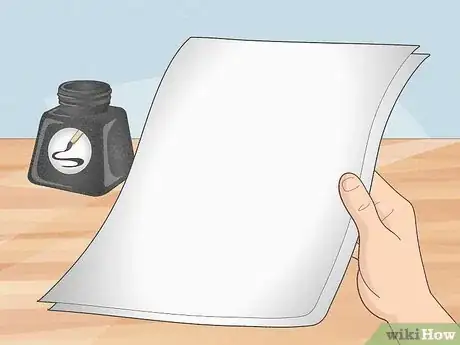
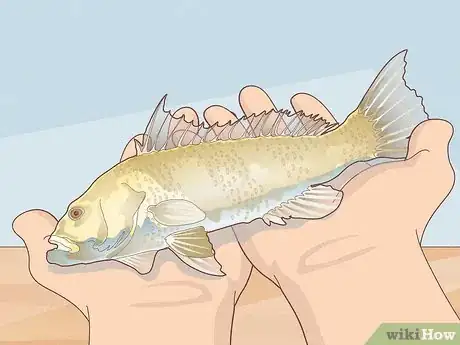
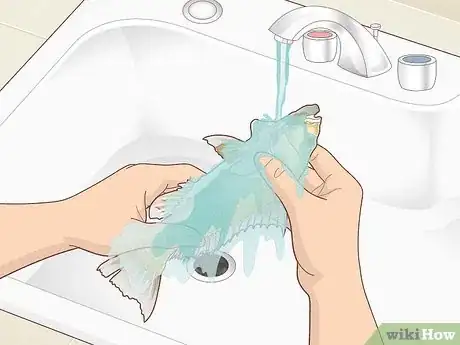

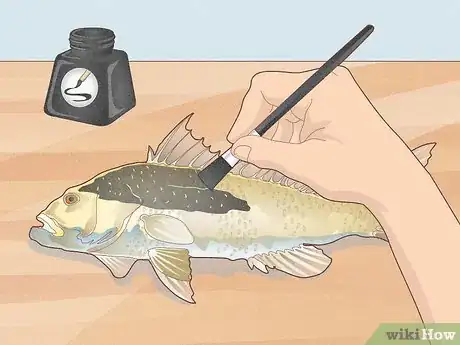
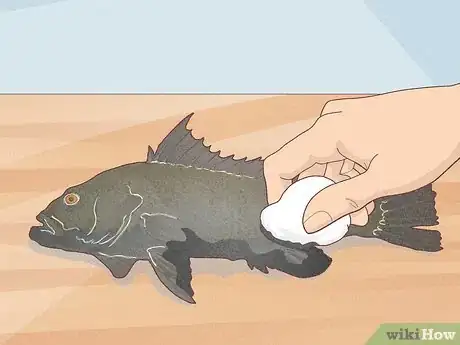
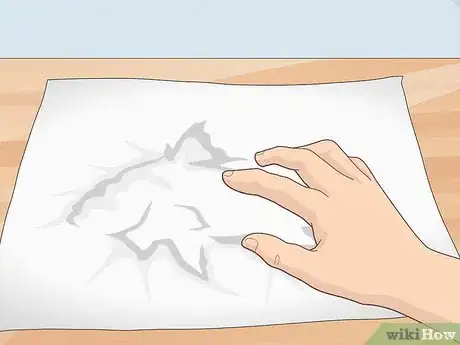
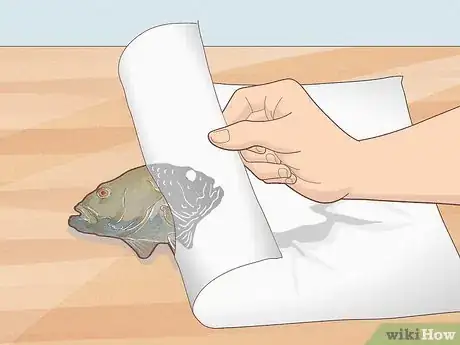
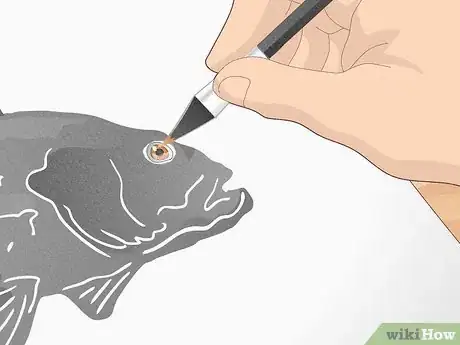
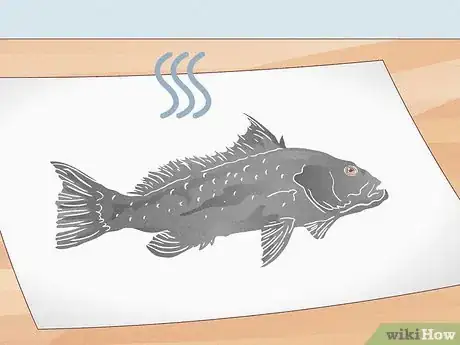
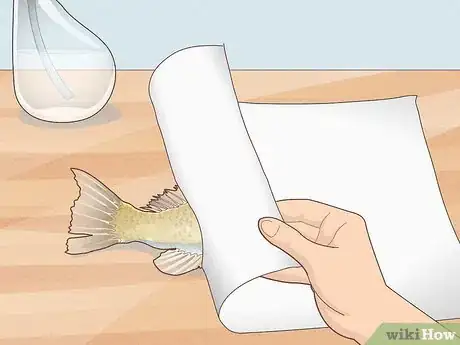
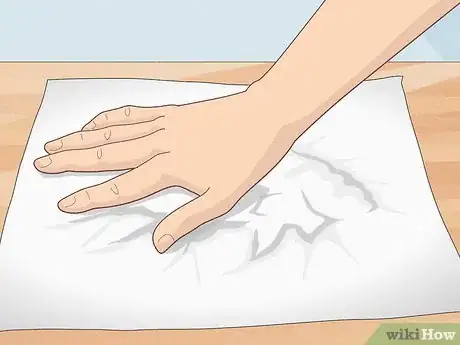
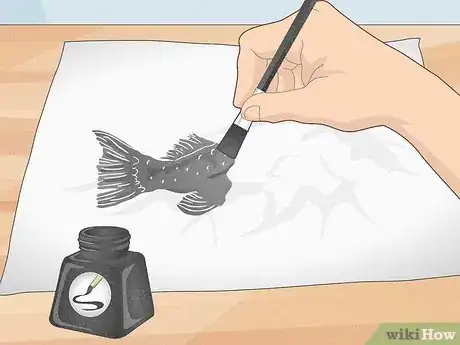
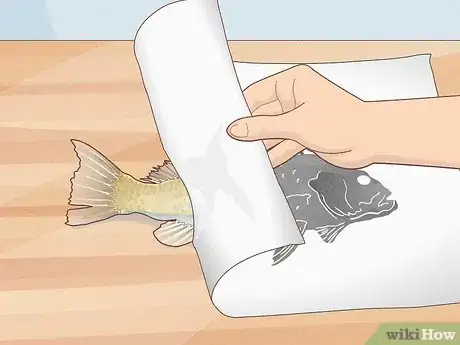
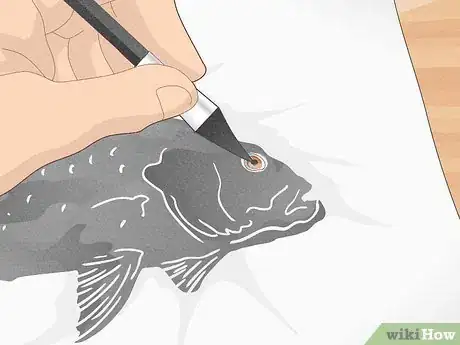
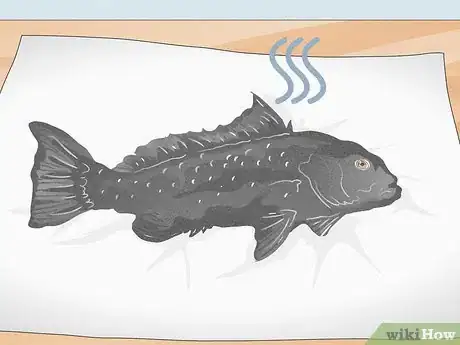
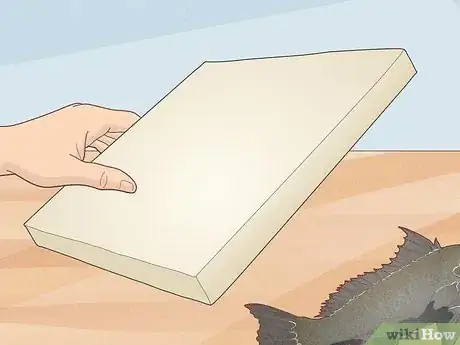
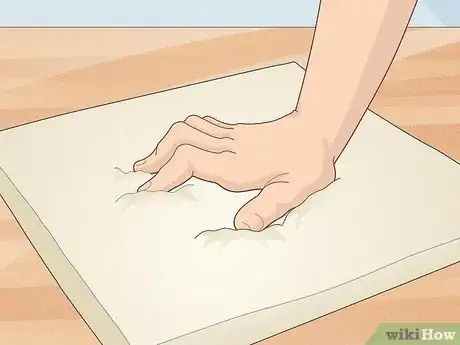
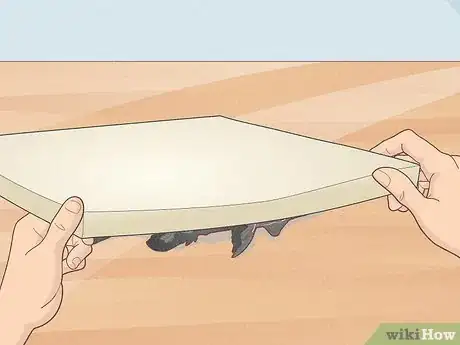
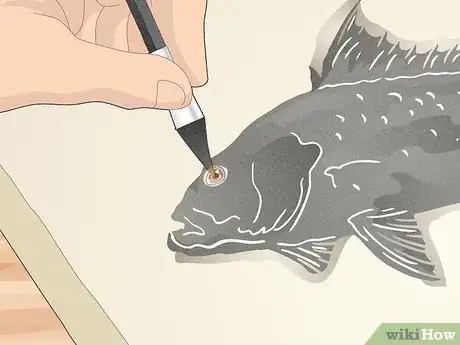
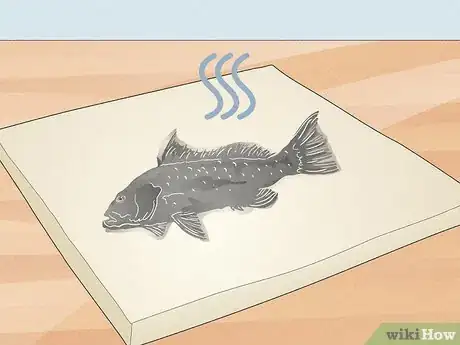
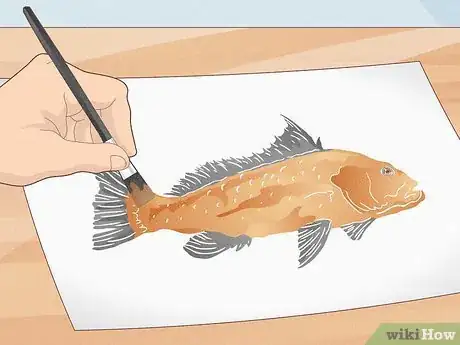
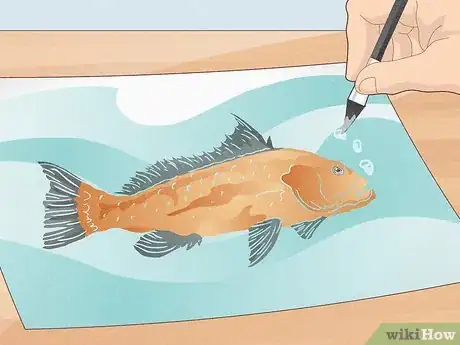
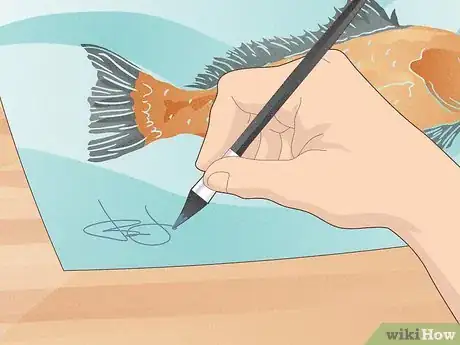
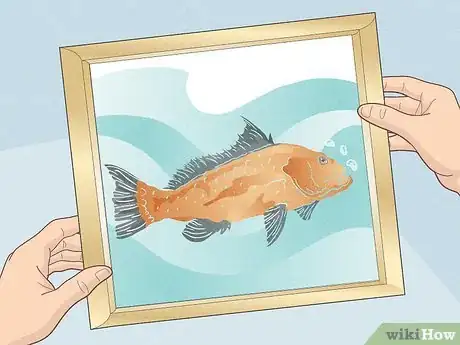
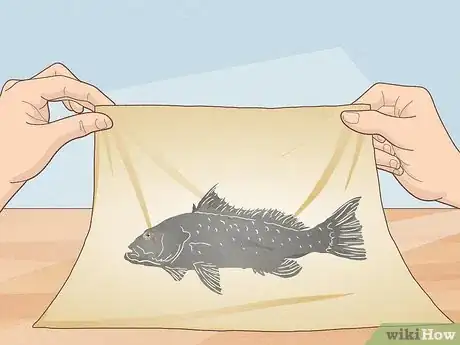
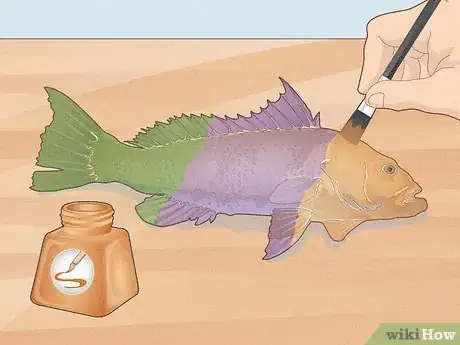
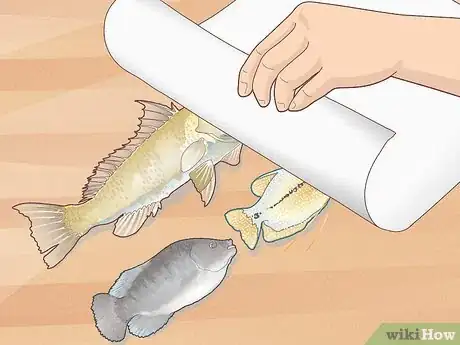
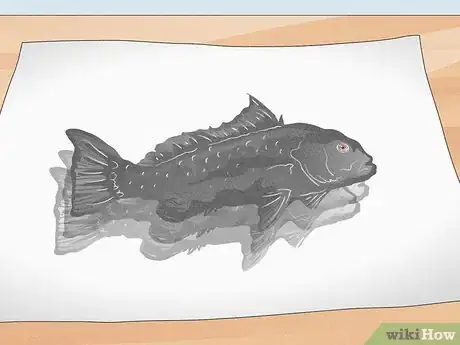
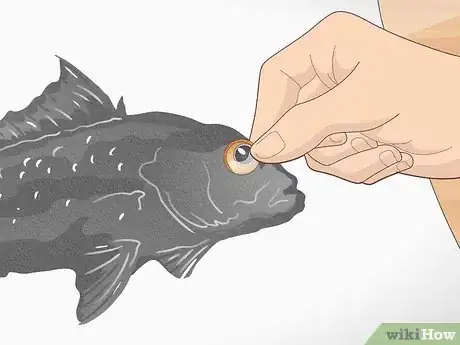
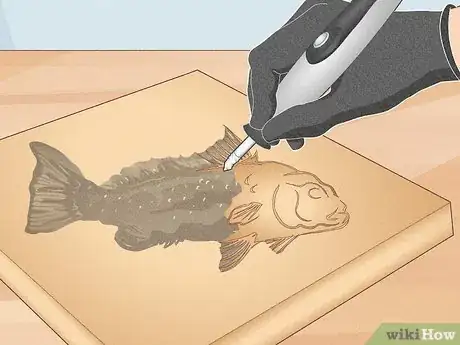
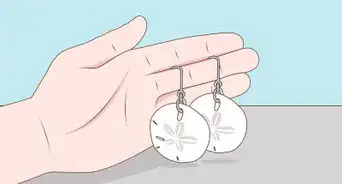
-Step-11.webp)
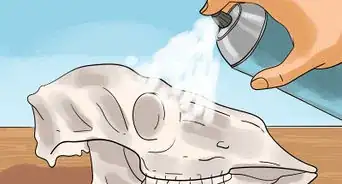
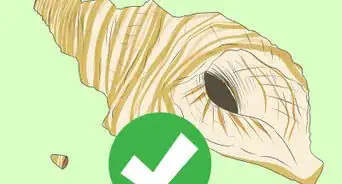
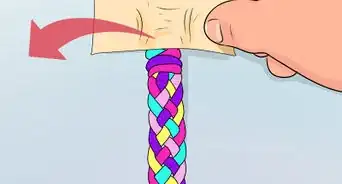
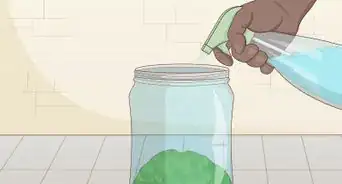









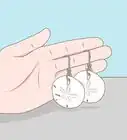
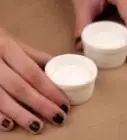
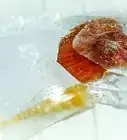
-Step-11.webp)


































